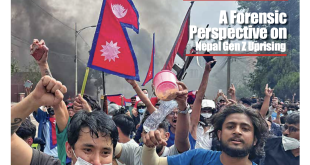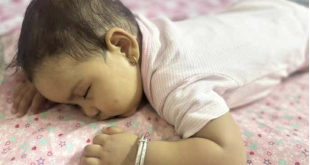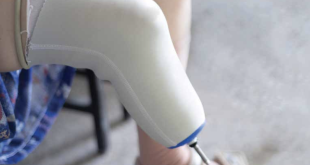We get to experience diverse weather conditions in Nepal, including chilly temperatures, particularly during winter. Amidst the charm of winter days, it’s crucial to acknowledge the potential risks that cold weather brings, notably hypothermia. Hypothermia is defined as the condition when the body’s core temperature drops below 95 degrees Fahrenheit.
Recognizing the signs of mild hypothermia becomes essential in Nepal’s colder days, from cold extremities to shivering and notable changes in appearance and behavior. However, as hypothermia progresses, indicators like slurred speech, a slowed heart rate, and shallow breathing warrant immediate attention. While hypothermia risk exists in extreme cold, certain factors increase vulnerability, including age, medication, and specific medical conditions impacting temperature regulation. It is wise to remember that conditions like diabetes, heart disease, and age-related changes affect circulation and the body’s ability to maintain optimal temperatures.
The risks are notably higher for older adults due to decreased bodily mechanisms to generate warmth and navigate cold environments. Common age-related conditions like Parkinson’s, arthritis, and dementia add complexity, making it tougher to recognize or handle cold exposure adequately. Vigilance against hypothermia extends beyond winter; cool weather combined with wetness from rain or sweat can also induce it. The foremost defense against hypothermia is proactive protection from the cold. Whether indoors or outdoors bundling up in colder weather and maintaining a comfortably warm indoor environment is essential.
Nepal’s winter also witnesses unfortunate incidents of carbon monoxide poisoning due to indoor fires. In attempts to combat the cold, some individuals resort to burning fires indoors without adequate ventilation, leading to carbon monoxide build-up. Tragically, these incidents result in fatalities or severe health complications due to carbon monoxide inhalation. Understanding these risks and adopting safer heating practices becomes imperative to prevent such tragedies, emphasizing the importance of proper ventilation and awareness of carbon monoxide dangers. Understanding the risks of hypothermia in Nepal’s climate empowers individuals to take preemptive measures, ensuring a season filled with enjoyment while keeping cold-related hazards at bay.
 Medicosnext
Medicosnext




